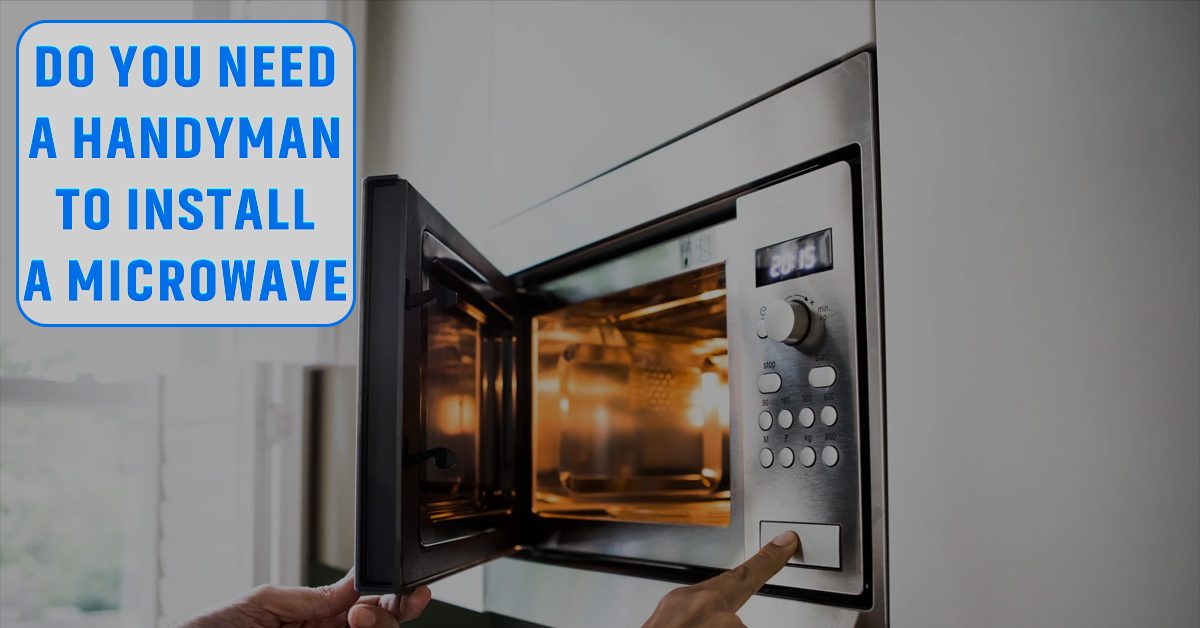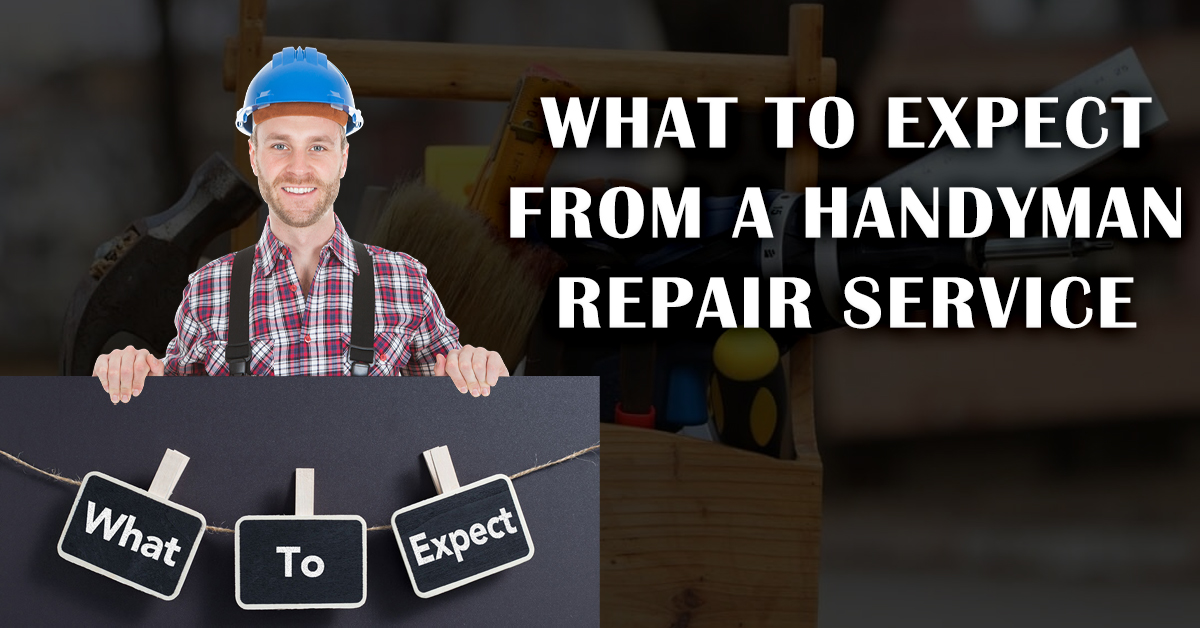Understanding Microwave Installation
Choosing the right microwave and installing it correctly is important for both functionality and safety in your kitchen. Explore the different types of microwaves available and learn how to determine the best spot for installation.
Types of Microwaves
Understanding Your Options
Microwaves come in three main types, each suited to different kitchen layouts and cooking needs:
- Countertop Microwaves: These are the simplest to set up. All you need is a flat surface and an outlet. Perfect for flexibility and ease of use.
- Over-the-Range Microwaves: Designed to go above your stove, these models often include ventilation features to handle smoke and cooking odors. Installation requires a mounting bracket and potentially a stud finder for added safety and support.
- Built-In Microwaves: These integrate seamlessly into your cabinetry, saving counter space and adding a polished look to your kitchen. Keep in mind that they may require cabinetry modifications and proper ventilation for safe operation.
Choose the type of microwave that aligns with your kitchen’s layout, available space, and cooking preferences.

Determining the Right Location
Key Considerations for Placement
Proper microwave placement improves accessibility, safety, and kitchen workflow. Consider these tips when deciding where to locate your microwave:
- For Over-the-Range or Built-In Models: Ensure the microwave is at a comfortable height for use. Check ventilation needs and measure the available space to confirm a secure fit.
- For Countertop Models: Place the unit on a stable, flat surface near an electrical outlet. Avoid running cables across counters to maintain a clean and safe appearance.
- Overall Safety: Use a tape measure to verify dimensions and ensure the chosen location doesn’t obstruct other kitchen functions.
Thoughtful placement enhances kitchen efficiency and ensures your microwave is both functional and easy to use.
The Installation Process
Installing a microwave might seem challenging, but following a clear process can make it manageable. Preparation, mounting, and securing the microwave, and connecting it to the electrical supply are crucial steps.
Preparation for Installation
Getting Ready for a Smooth Installation
Proper preparation ensures your microwave installation is efficient and hassle-free. Follow these essential steps to get started:
- Check Your Space: Ensure there’s enough room above your stove for an over-the-range microwave or between cabinets for a built-in model. Use a tape measure to confirm the dimensions match your microwave.
- Gather Tools: Have essential tools ready, such as a drill, tape measure, screwdriver, and appropriate fasteners. This minimizes interruptions during the installation process.
- Read the Manual: Review the installation guide provided with your microwave to understand specific requirements and recommendations.
- Clear the Area: Remove any clutter from the installation zone to create a safe and organized workspace.
- Plan Placement: Refer to your kitchen’s layout to determine the most practical and accessible location for the microwave.
Taking these steps before starting ensures a smooth and successful installation process, whether you’re tackling the task yourself or hiring a professional.
Mounting and Securing the Microwave
Begin this step by installing the mounting bracket securely, usually beneath a cabinet or along a wall using heavy-duty fasteners that can support the appliance’s weight. Follow the instructions for locating studs in the wall to ensure a sturdy installation.
Position your microwave and slide it onto the mounting plate. This part can be tricky, so getting assistance might be helpful to avoid any mishaps. Ensure that it’s level for even cooking performance, and then secure it in place with screws.
Connecting to Electrical Supply
Once the microwave is mounted, you need to connect it to power. Check if the power cord reaches an outlet and whether it requires drilling a hole through the cabinet for the cord’s access.
Consider checking if your current electrical system can handle the wattage, especially for newer models that may need more power. In some cases, you may need to consult an electrician to evaluate if any electrical panel upgrades are needed. Confirm the connections are secure before turning on the microwave to test its functionality.
Costs and Expenses
Estimating Microwave Installation Cost
Microwave installation costs can vary depending on the complexity of the job. Here’s an overview of typical costs:
- Basic Installation: Ranges from $100 to $300.
- Complex Installations: Built-in or over-the-range models can go up to $580.
- Microwave Cost: Prices for the appliance itself range from $100 to $600, depending on brand and features.
Comparing local quotes and installation services can help you get the best value.
Factors Influencing Labor Costs
Labor costs depend on who you hire and the complexity of the job. Here are some key points to consider:
- Handyman Rates: Typically charge $50 to $100 per hour.
- Professional Installers: Often cost more upfront but ensure high-quality work, especially for complex jobs.
- Electricians: May charge higher rates if electrical modifications are required.
While professional services may cost more, they often provide peace of mind and long-term reliability.
Potential Additional Costs
Additional expenses can arise depending on your installation needs. These may include:
- Adding an Electrical Outlet: Costs between $150 and $600.
- Custom Cabinetry: Needed for built-in models, which may increase expenses.
- Vent Installation: Essential for over-the-range microwaves to handle cooking smoke and odors.
Factoring in these potential expenses helps you avoid surprises and better plan your budget.
Hiring a Professional Versus DIY
When installing a microwave, you need to decide whether to hire a professional or do it yourself. Each option has its benefits and drawbacks, and it’s crucial to weigh these before proceeding.
Benefits of Professional Installation
Hiring a microwave installer or handyman ensures that the job is done correctly and safely. Professionals have the tools and experience to handle installations efficiently. They can also offer valuable advice about the best placement for your microwave, considering factors like electricity access and space.
In some cases, using professional installation services might even be a requirement by a home warranty. This ensures that your appliance is covered and reduces the chance of errors. Hiring a professional can also save you time and effort, especially if you’re not familiar with the installation process.
Pros and Cons of DIY Installation
Installing a microwave yourself can be a cost-effective choice. It allows you to have complete control over the process. You can move at your own pace and learn new skills along the way. There are many online resources and videos available to guide you through the process.
However, going the DIY route has its risks. Mistakes in installation can lead to safety hazards or appliance damage. You may also face challenges if your electrical system needs adjustment, requiring an electrician. Weigh these pros and cons to decide if DIY installation is right for you.
Post-Installation Considerations
Once the microwave is installed, it’s important to handle the old unit responsibly and ensure the new one works effectively over time.
Disposing of the Old Microwave
Old microwaves can’t just be thrown in the trash. Many contain harmful materials that need proper disposal. You might consider recycling centers that accept electronic waste.
Recycling options can vary by area. Contact local waste management services to learn about available programs. Some retailers also offer trade-in or recycling services.
Remember to wipe data stored in smart microwaves before recycling. Disposing of your microwave correctly not only complies with local regulations but also helps protect the environment from hazardous waste.
Ensuring Long-Term Functionality
Maintaining your new microwave ensures it works for years. Keep it clean by wiping spills immediately and using microwave-safe covers to avoid splatters.
Regularly check seals and hinges to maintain energy efficiency and cook times. Some models have filters that need changing, so refer to the user manual for maintenance tasks.
Consider potential issues over time, like unusual noises or door problems. If experienced, professional repair might be needed. Set reminders for regular checks to promote longevity.
By following these steps, you ensure that your microwave remains a reliable kitchen tool.
Frequently Asked Questions
Learn everything you need to know about microwave installation, from DIY tips to professional services and costs.
1. Can a homeowner install a microwave without professional help?
Yes, homeowners can install microwaves themselves, especially countertop models that don’t require mounting. For over-the-range models, basic tools like a drill, level, and screwdriver are needed. However, if venting or built-in installation is required, it may be more complex and professional assistance is recommended.
2. What is the average cost for installing a microwave?
The average cost for microwave installation ranges from $50 to $100 per hour. A simple setup, such as replacing an old unit, tends to cost less, while custom or built-in installations can increase the price due to additional labor or materials.
3. Is it necessary to hire an electrician for microwave installation?
Hiring an electrician may be necessary if the installation requires new wiring or changes to your home’s circuitry. Standard installations, such as replacing an over-the-range microwave, typically don’t require an electrician, but it’s best to check your specific requirements.
4. Who should I contact for installing a built-in microwave?
For built-in microwave installations, reach out to a cabinet installer or an appliance technician experienced in kitchen modifications. They will ensure the microwave fits securely and safely into its designated space without damaging existing structures.
5. What are the typical installation services offered by major retailers?
Major retailers like Lowe’s and Home Depot offer microwave installation services that include delivery, mounting, and testing the appliance. Some stores bundle installation with the purchase of the microwave, making it a convenient option.
6. How much do big-box stores typically charge for microwave installation services?
Big-box stores usually charge between $100 and $200 for microwave installation. Additional fees may apply for vent installation or electrical adjustments. Confirm the full scope of services and costs upfront to avoid unexpected expenses.



